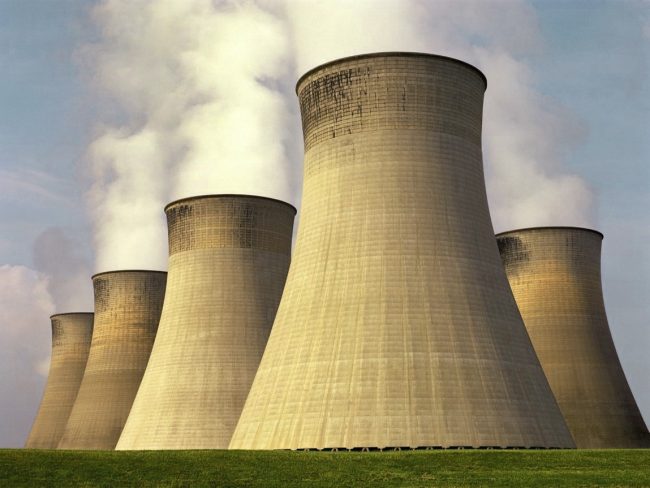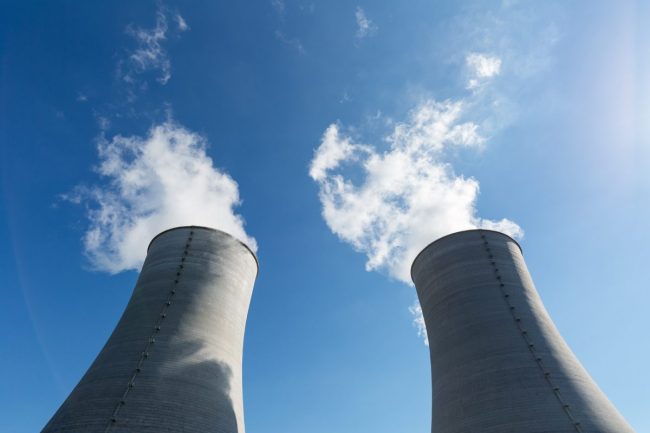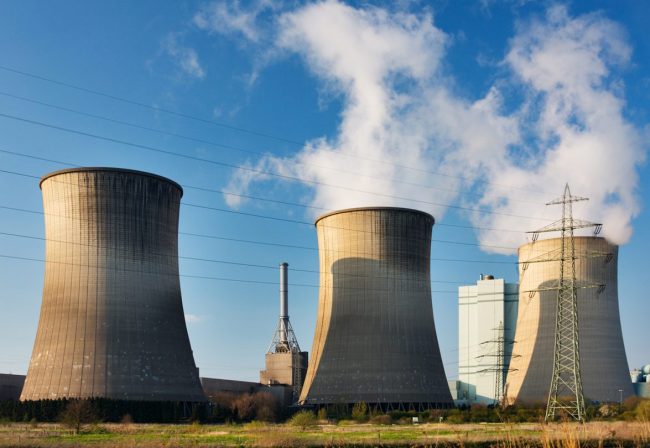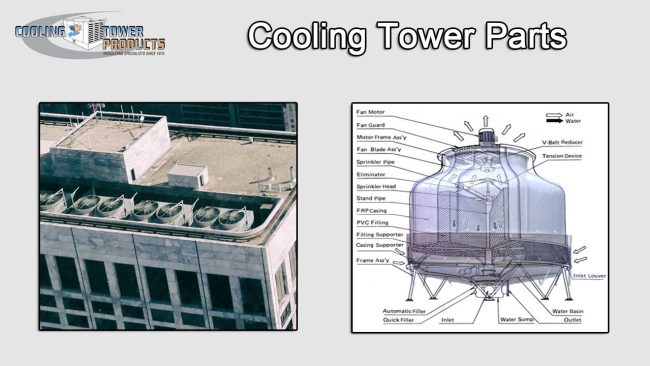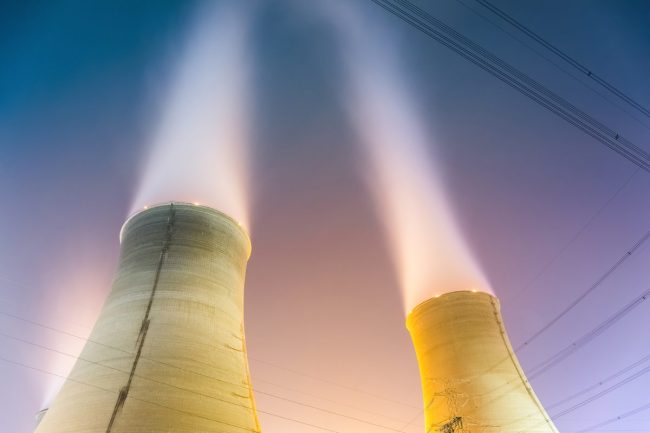Safety Features of Cooling Towers
Cooling towers are essential components in many industrial processes, helping to reject heat from water used in cooling systems. However, they can also pose safety hazards if not properly designed, operated, and maintained. Here are some key safety features of cooling towers: Cooling Tower Installation, Replacement, & Refurbishment in Arizona & Nevada Our team offers…

